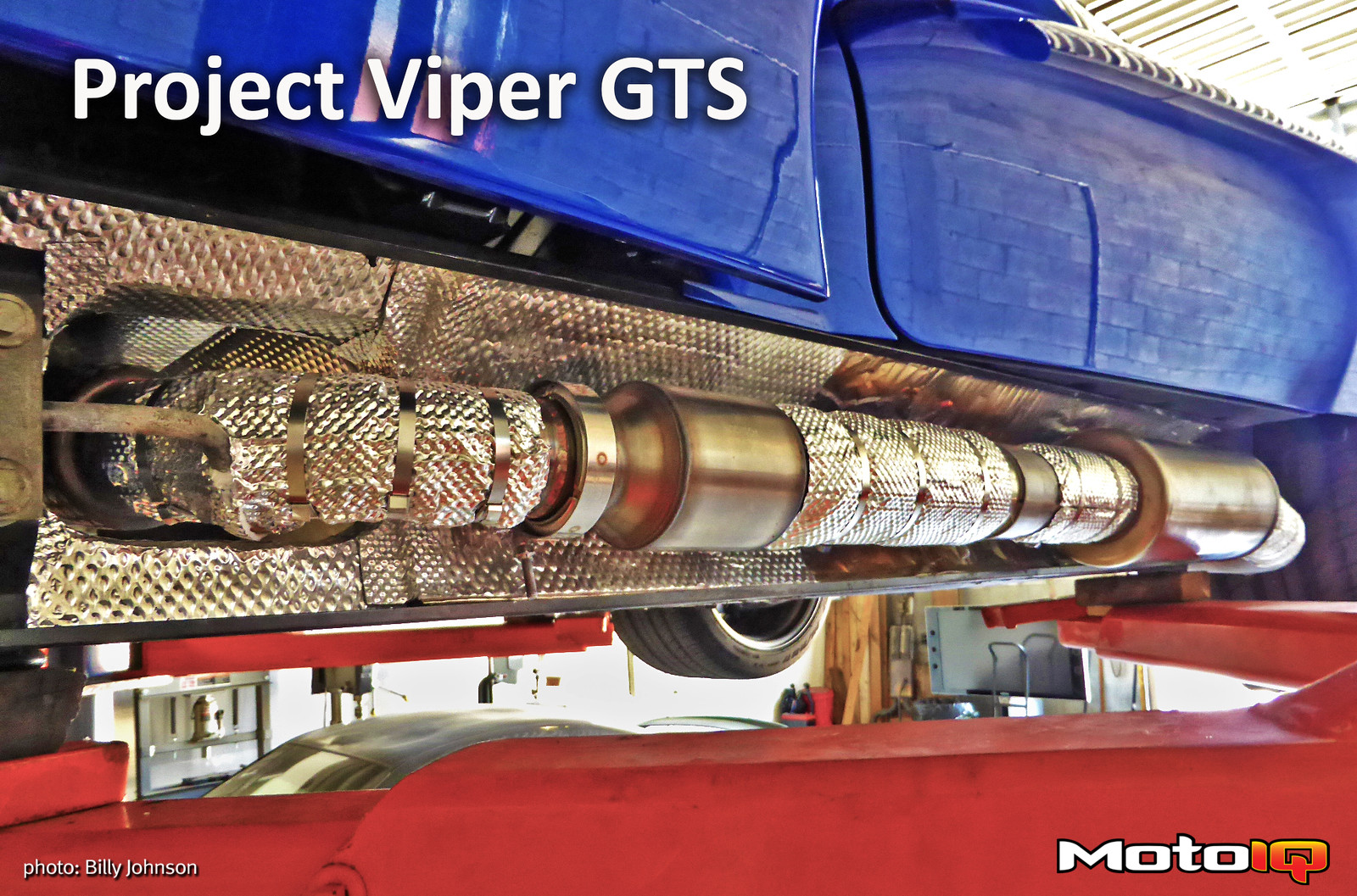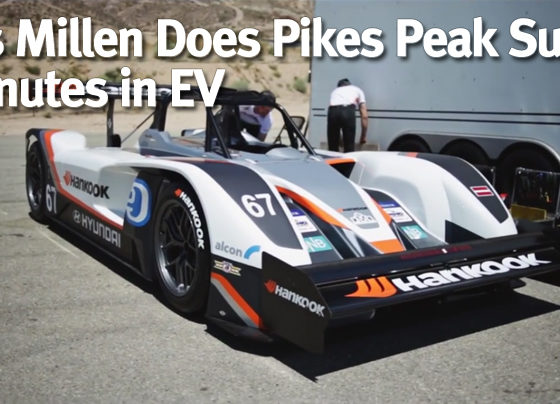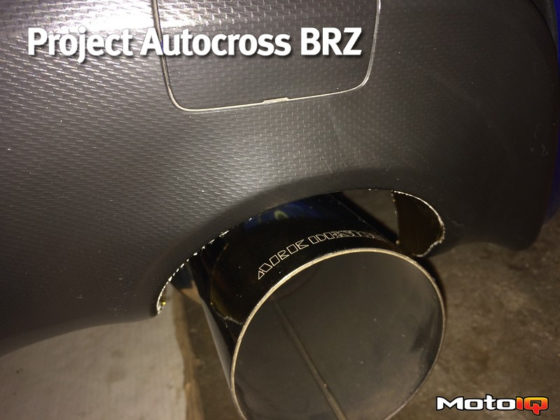
From coolant to cabin temperatures, Vipers are notoriously hot due to having one of the largest engines ever stuffed inside a sportscar. To combat this problem we turn to the thermal insulation experts at HeatShield Products to keep the heat in the exhaust system to lower the temperature inside the cabin and side sills. Hopefully we will prevent our side sills from discoloring and burning our legs when getting in and out of the car without proper clothing and ingress/egress technique.
While side exhaust is a great solution and packaging for a racecar, the practicality of having 500-degree piping underneath the door inches from your butt and legs is the reason this layout is rarely used in production cars. Many legs have been burned on the side sills of Vipers, but the inconvenience and pain does not have to be tolerated because there is a solution:
HeatShield Products offers some of the best exhaust wraps, heat protective sleeves, and custom heat shield insulation out there. The company is family owned, operated, and made in the USA since 1985 and is more of a technical engineering company than a marketing powerhouse. Their website is filled with Material Safety Data Sheets (MSDS) and Spec Sheets for all of their products which provide more technical information and data than any of their competitors. While this information can demonstrate superiority to their competition, often the marketing strength of their larger competitors keeps them under the radar as one of the best kept secrets in the thermal insulation world.
HeatShield Products has a wide range of products to suit any need or application. Let’s take a look at a few that we are going to be testing:

HP StickyShield should be used wherever you would normally see that ‘gold’ reflective tape that everyone (including myself) has used, but will knock down the heat significantly better. StickyShield has a flexible metallic outer skin which sandwiches a 1/8” thick layer of dense (asbestos-free) thermal insulating fiberglass with proprietary Kool Core™ technology with an adhesive backing.
Heat management is all about thermal barriers. The metallic skin takes the brunt of the punishment, while the insulation keeps the heat off of the part/panel like an oven mitt. Thin reflective films don’t stack up to StickyShield, which is capable of reflecting over 90% of radiant heat continuously in 1,100*F conditions and an astounding 2,000*F intermittently.

HP StickyShield is easy to cut with a pair of regular scissors and easy to use. Just cut it down to size, form it, peel off the backing, and stick it. The installation is quite simple. Ideal locations are firewalls, transmission tunnels, in between the exhaust and the chassis, airboxes, etc… When you need a heavy-hitter to knock down temperature and have the room for an extra 1/8”, this should be your go-to.

HP StickyShield works so well that we use it on the firewall and transmission tunnel of the race-winning Ford Shelby GT350R-C that I drive.
 Next up is HeatShield Armor, which is used to keep heat inside the exhaust and should be used instead of the old-school ‘header wrap’. This is crucial for turbo-applications where you want the hot exhaust energy to stay high between the engine and the turbo, to improve response and power.
Next up is HeatShield Armor, which is used to keep heat inside the exhaust and should be used instead of the old-school ‘header wrap’. This is crucial for turbo-applications where you want the hot exhaust energy to stay high between the engine and the turbo, to improve response and power.
Like HP StickyShield, Armor also has a flexible metallic outer skin but uses either 1/4” or ½” thick thermal insulation made from fire retardant BioCool™ -a bio-soluble silica that directly contacts and encases the exhaust pipe to reduce up to 70% of radiant heat. Armor’s insulation is rated to 1,800*F and can be affixed with safety wire, hose clamps, or the thermal-ties which I use in the article below.




2 comments
I have a 09 gen IV viper that I’m getting ready to add ARH headers to along with some other mods. Will be needing heat shielding for multiple items. If you happen to have a list of all heat shielding necessary for a gen IV that would be great.
I’m getting ready to put ARH headers on my 09 Gen. 4 Viper, as well as several other mods as well as a tune. It would be a big help if your company had a list of all heat shielding needed for a gen 4 viper, as I understand there are quite a few parts as well as wiring that will need shielding.